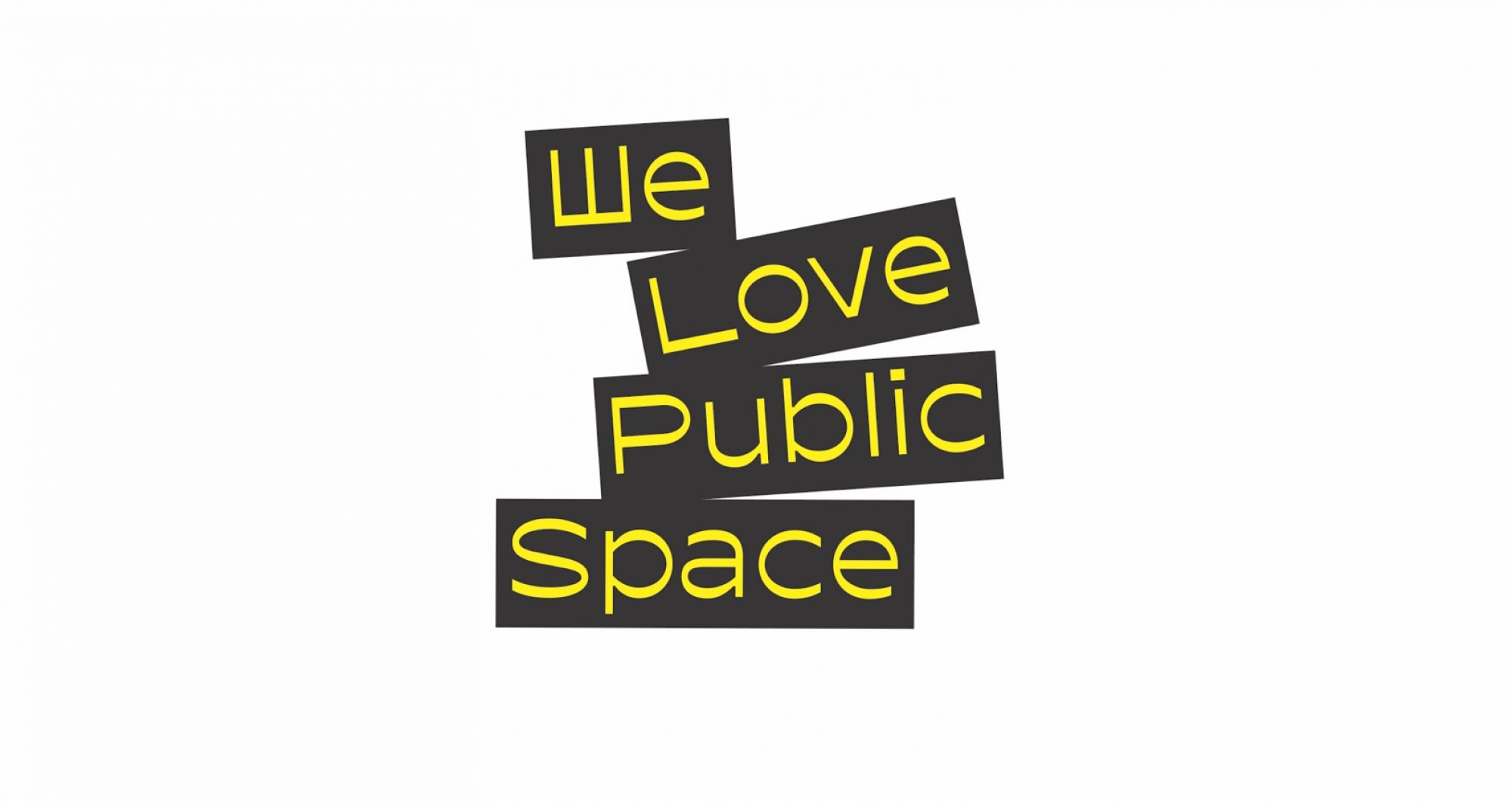English: THEME
Artists and public space
The 3rd edition of the WLPS Festival focuses on the role and significance of the arts for public spaces. Because the artist is like no other able, apart from practical reality, to intervene in public space, to disrupt it, to question it and to place it in a different perspective. How and for what purpose do artists manifest themselves in public space? Which strategies do they use?
Long versus short term
More and more artists, from a growing number of disciplines, consider public space as their field of activity. They usually work inter- or multidisciplinary and move between different fields such as landscape-architecture, urban design and social sciences, as connecting parties.
They use a wide range of approaches and their work is not always recognizable as art. There are artists who manifest themselves as social designers, with projects that demonstrate a great social commitment; for example the projects of Jeanne van Heeswijk in the Afrikaanderbuurt in Rotterdam South.
Public space offers the artist an excellent platform for a bottom-up approach in which he / she acts as an intermediary between the citizen, the government and a place. By involving audiences and encouraging the process of meaningful creation, co-creation arises.
Process-based versus performative
Such bottom-up processes require a long breath, whereby the result gradually, sometimes only after years, becomes visible. But the artist also asserts himself with short, temporary interventions where the emphasis is more on disrupting and questioning public space; for example, by using performative means – performance, dance, spoken word – to dissect and expose the behavioural patterns of users of public space.
Both approaches – long versus short term, process-based versus performative – have their own dynamics and significance for public space. But the main reason for choosing this theme for the WLPS Festival 2019 is our belief that the way artists manifest themselves in public space can be a source of inspiration for all city makers: from architect to civil servant, from citizen to urban designer.
See the archive for previous editions.
